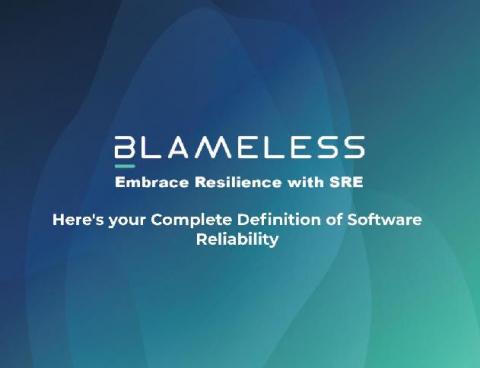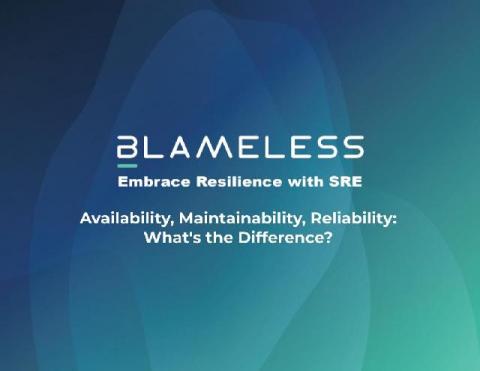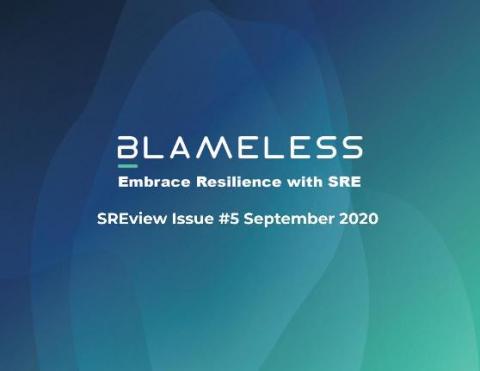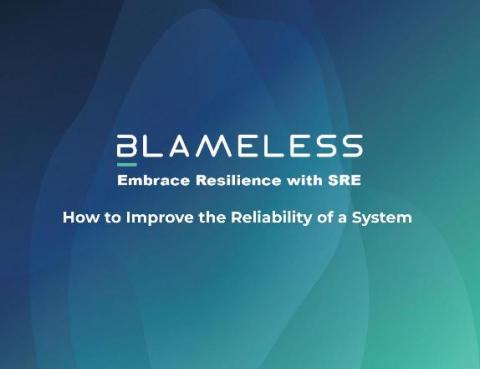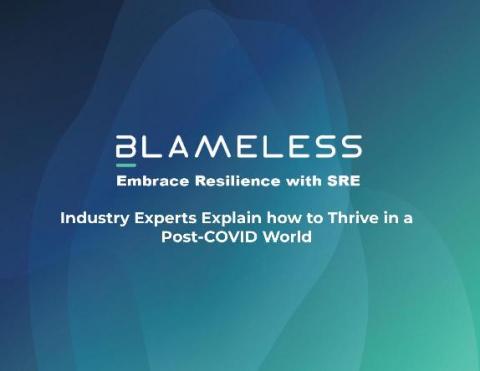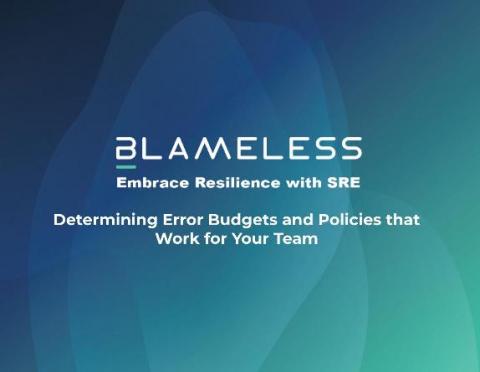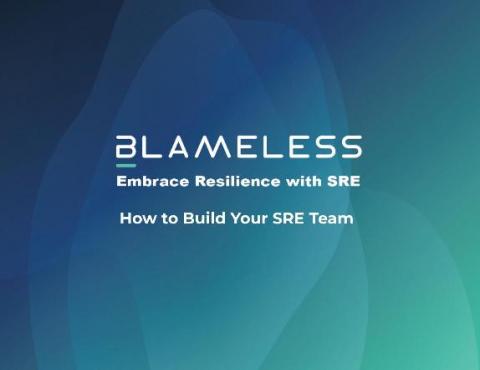The Ultimate, Free Incident Retrospective Template
Incident retrospectives (or postmortems, post-incident reports, RCAs, etc.) are the most important part of an incident. This is where you take the gift of that experience and turn it into knowledge. This knowledge then feeds back into the product, improving reliability and ensuring that no incident is a wasted learning opportunity. Every incident is an unplanned investment and teams should strive to make the most of it.



